 The angle of repose is the highest internal angle to the horizontal to which a powder can be heaped or piled without the material slumping or sliding. The angle of repose depends on the
The angle of repose is the highest internal angle to the horizontal to which a powder can be heaped or piled without the material slumping or sliding. The angle of repose depends on the
- Material density,
- Surface area
- Particle shape
- Friction coefficient of the material.
- Gravity
Why is this angle of repose important in the study of powder rheology?
Angle of repose forms one of the commonly used methods for testing powder flow or the powder flow properties of powders. It is one of the two measurement tests known as the compendial methods, the other being:
Bulk density and tapped density measurements which help calculate the Carr’s compressibility index (CI%) and the Hausner Ratio (HR)
Compendial testing is a basic requirement for pharmaceuticals manufacture.
Measuring the angle of repose
The angle of repose is measured in the following way: A powder is heaped in the form of a cone by passing it through a funnel. The height of this cone and the radius of the base is measured. The angle of repose is given by the formula: Tan inverse of height/ radius.
Certain parameters of this angle are established for ranking the flowability of any powder as good, fair, passable or poor. Depending on the value of the angle this quality is determined as excellent flowability for less than 30 degrees, to poor flow for greater than 56degrees.
Non compendial methods
While we spoke about the compendial methods, there are the non-compendial methods which are also considered which are more modern and varied, using powder rheometers. Here the following can be measured:
- Cohesivity
- Caking ability
- Flow stability
Cohesion of particles is one of the characteristics of powder flow, and the use of lubricant alters this measurement and this is also studied.
The flow stability gives a numerical value to the stability of the powder during rigorous tests like the movement of the blade through the powder.
These are all important attributes to study in certain industries like the pharmaceutical industry.. Powder handling equipment also is designed according to these attributes. While making tablets, chemical powders are mixed at times and filled into the die They have to be of uniform weight and factors like humidity, moisture, have to be accounted for to determine the promised shelf life.
Compendial and non-compendial methods of powder measurement are used in the pharmaceutical industry to manufacture drugs that can meet international standards of acceptance.
Information Shared By – Granu Tools.
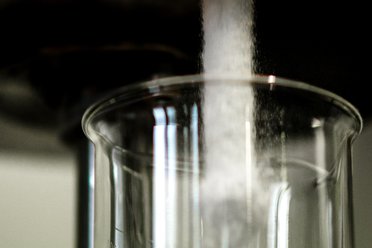
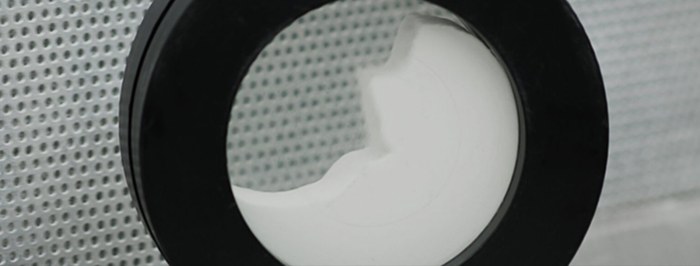
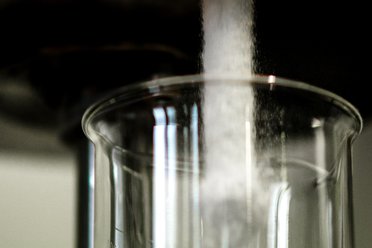
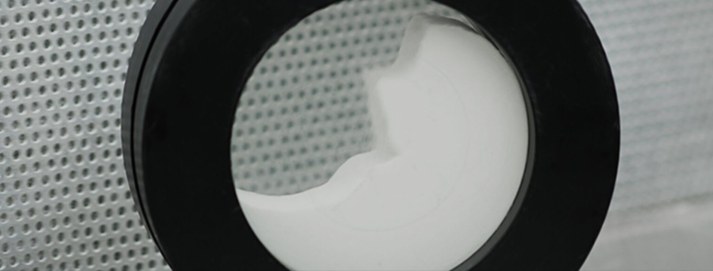
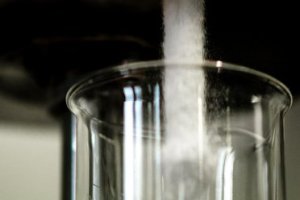 Particulate matters are dry, bulk solids that can flow when subjected to shaking, tilting, pressure etc. Finer grain sizes are called powders, while larger and coarser ones are known as granular materials. Powders tend to clump or cake because of their finer texture unlike granular materials which would do so only when they’re wet.
Particulate matters are dry, bulk solids that can flow when subjected to shaking, tilting, pressure etc. Finer grain sizes are called powders, while larger and coarser ones are known as granular materials. Powders tend to clump or cake because of their finer texture unlike granular materials which would do so only when they’re wet.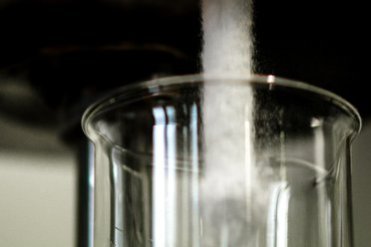 The use of powders in the pharmaceutical, food and cosmetics industry has created the need for special instruments or devices like
The use of powders in the pharmaceutical, food and cosmetics industry has created the need for special instruments or devices like 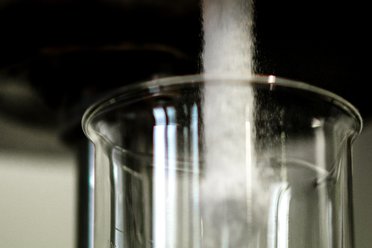 Reputed analytical contract service laboratories in the market could indulge in various granular material productions with a specialization in material testing and powder size requests from clients of various industries. One essential service offered is powder flowability testing using a reliable and precise powder flow measurement device known as a flowability tester.
Reputed analytical contract service laboratories in the market could indulge in various granular material productions with a specialization in material testing and powder size requests from clients of various industries. One essential service offered is powder flowability testing using a reliable and precise powder flow measurement device known as a flowability tester.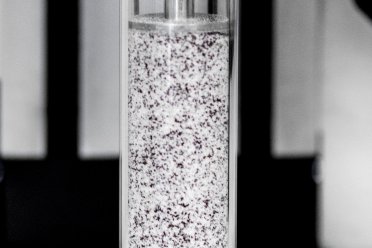 The manufacturing industry is likely to indulge in many chemicals which require powerful powder handling equipment and versatile flow tools that are capable of controlling the flow and volume of granular material required in batch packing for sales and market distribution.
The manufacturing industry is likely to indulge in many chemicals which require powerful powder handling equipment and versatile flow tools that are capable of controlling the flow and volume of granular material required in batch packing for sales and market distribution.